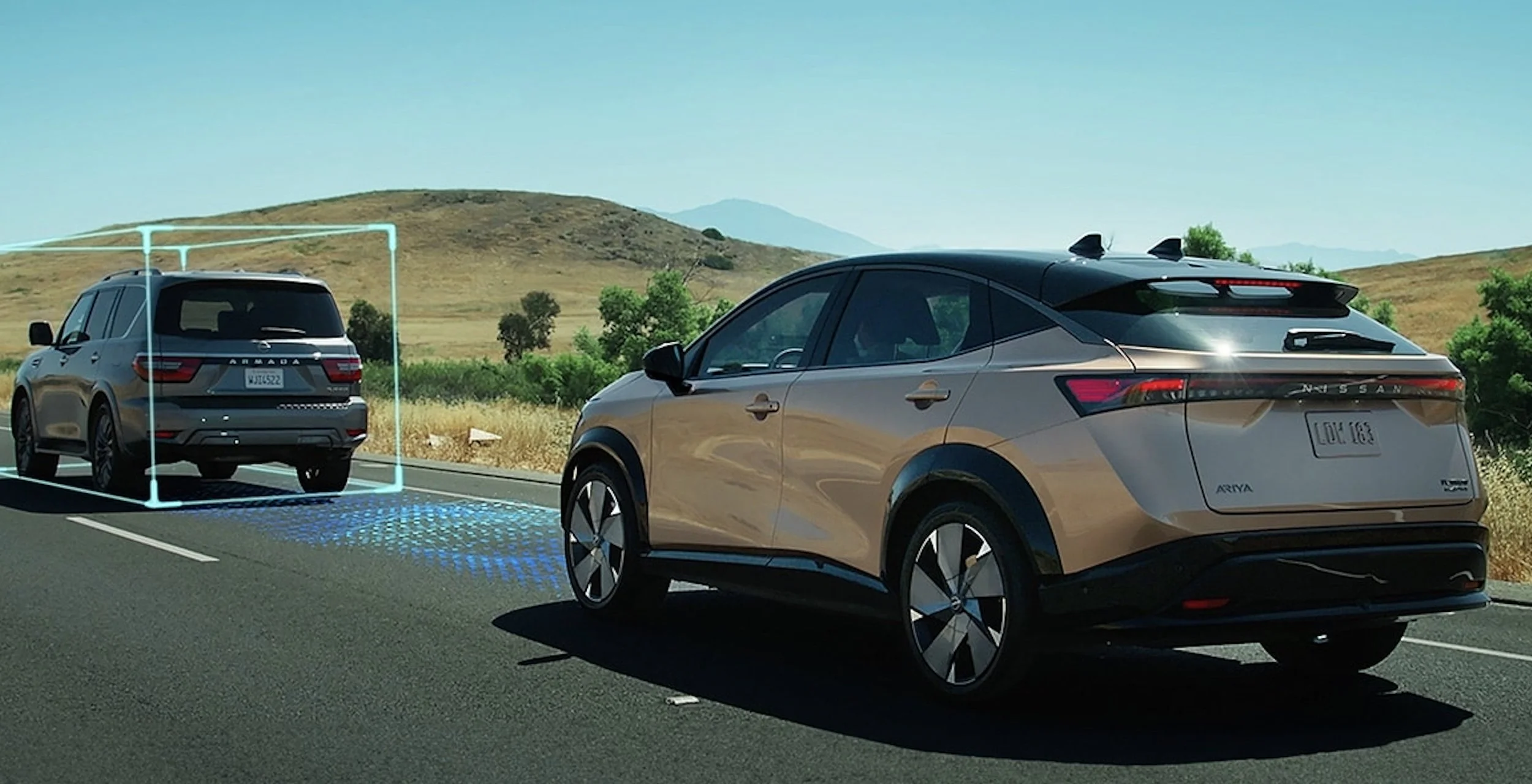Forget Tesla: Nissan’s AI Ally Is Closer to True Self-Driving in Japan Than You Think
British autonomous-driving startup Wayve, a close collaborator of Nissan, is reportedly set to receive a massive $500 million investment from U.S. chipmaker Nvidia. The deal could make Wayve one of the world’s best-funded AI-driving firms — and position Nissan ahead of Tesla in Japan’s race toward true autonomy.
Nissan Ariya + ProPilot
Wayve’s Growing Role in Japan
In September 2025, Wayve CEO Alex Kendall visited Japan to meet with Nissan executives. The visit marks the next stage of their partnership, as Nissan continues integrating Wayve’s self-learning AI into its ProPilot driver-assist system.
Wayve’s “embodied AI” approach allows vehicles to learn directly from real-world video data instead of relying on pre-mapped routes — a crucial step toward real autonomy on Japan’s complex, narrow streets.
Jaguar iPace + ProPilot in Tokyo
The Nvidia Connection
According to Automotive News, Nvidia is in advanced talks to invest $500 million (about ¥75 billion) in Wayve. The funding would accelerate development of its AI-driving platform, designed to power everything from passenger cars to commercial fleets. Nvidia’s involvement also aligns with Japan’s broader goal of advancing AI-based mobility infrastructure for safer, smarter transportation.
Why It Matters
Nissan’s long-term collaboration with Wayve gives it a potential edge over Tesla — particularly in Japan, where Full Self-Driving (FSD) still isn’t available. Strict local data laws and road-testing requirements have kept Tesla on the sidelines, while Wayve’s localized, self-learning model fits neatly within Japan’s regulatory framework.
If Wayve succeeds, Nissan could leapfrog Tesla by deploying genuine adaptive autonomy that actually works on Japanese roads.
Tesla FSD’s Weakness: Japanese Road Rules
My Take
Tesla still doesn’t have Full Self-Driving (FSD) in Japan — and honestly, it may never happen. Japan’s regulatory system demands localized data, domestic testing, and government collaboration — none of which Tesla is currently doing here.
On top of that, Japan’s driving environment is a nightmare for FSD-style systems: constant train crossings, ultra-narrow residential roads, tight blind corners, and unique traffic signage make it a completely different challenge from the wide, grid-based roads of the U.S. Tesla’s neural networks were trained mainly on American highways, not the tangled backstreets of Tokyo or Yokohama.
Japan’s road rules themselves can trip up autonomous systems. At a railway crossing, drivers must stop completely, wait a few seconds, look both ways, and only proceed if there’s at least two car-lengths of space on the other side — even when there are no warning lights. For an AI trained to respond to lights and signs rather than human cultural logic, that pause-and-check behavior could be misread entirely, causing hesitation or unsafe decisions.
Meanwhile, Nissan and Wayve are quietly building the Japanese model of autonomy — AI that learns directly from local roads, signs, and driving culture. That gives Nissan a massive advantage. Ironically, the first truly self-driving car on Japanese roads may not come from California at all, but from Yokohama and London working together.
Sources
Automotive News: Wayve–Nvidia partnership and Japan expansion (Sept 2025)
Wayve & NVIDIA (Sept 18, 2025): Wayve and NVIDIA announce discussions on a $500M investment (PDF)
Wayve & Nissan (Apr 10, 2025): Nissan to launch next-generation autonomous driving technology in FY2027 using Wayve AI (PDF)
Nissan (2025): Next-gen ProPILOT featuring Wayve AI Driver software (PDF)
NVIDIA (2025): NVIDIA expands automotive AI partnerships including Wayve (PDF)







